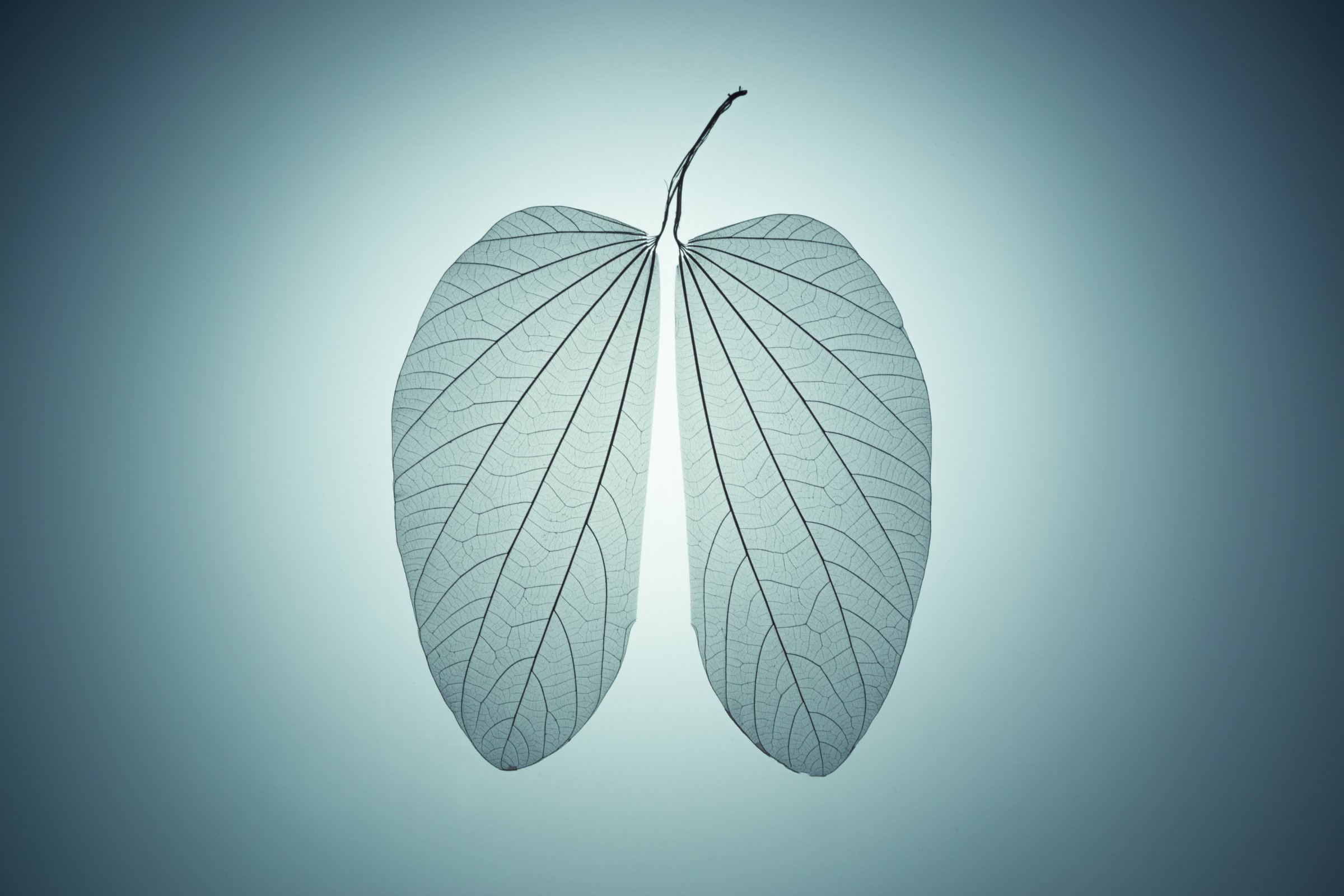
Lung cancer kills one woman every seven minutes in the U.S. — and in 2015, I was afraid I was going to be one of them.
It started with a low-grade fever and fatigue that lasted for days, and then weeks. I worked with kids, so I figured I had caught a virus from them. Not only was I dragging at work and at home, but once a week, I’d be so exhausted I’d end up spending the day in bed, sleeping and drinking tea, trying to beat this stubborn bug.
I started recording my temperature daily and noticed that on the days when I was too tired to get out of bed, my low-grade fever wasn’t so low anymore — it shot all the way up to 104 degrees. Maybe it wasn’t a cold, I thought. Could it be the flu?
But I pressed on with my work and social life, and it got to the point where my head would spin every time I bent down and a dry cough would erupt whenever I climbed the stairs or even laughed. A pain spread over my sides and lower back. Even so, I continued to ignore my symptoms. But when I developed a new pain in my upper chest, I decided it was finally time to visit the urgent care center.
The doctor didn’t hear any concerning sounds in my lungs but ordered an X-ray just for my peace of mind. There was nothing peaceful about what he found: There was a mass in my left lung. He sent me for a contrast CT scan, and the CT technician called soon after urging me to rush to the emergency room, because it looked the mass was wrapped around my heart, where it could be restricting blood flow. To go to the urgent care center thinking I had the flu and end up in the ER fearing I might have a heart attack was terrifying. Thankfully, a regular CT scan determined that the mass was lower in the lung, so at least that scare was over.
A thoracic surgeon biopsied the mass, and it came in positive for an atypical carcinoid — a rare tumor in any age group, but almost unheard of in someone my age. I was only 28. It felt like the world had come down on me. I was overwhelmed, thinking of my family and how they’d cope if something happened to me.
Less than a month later, I was on the operating table. The same surgeon who performed the biopsy removed the mass, along with the lower lobe of my left lung. I was lucky that the cancer was a type that’s easily contained, so I didn’t need radiation, chemotherapy or any special drugs outside of pain medication.
A year and a half later, I’m cancer free. I still have 75% of my original lung capacity, and I can work and play like anyone else; in fact, just a month after my surgery, I went on a cruise with my husband. Sometimes when I’m exercising, I feel a twinge of pain in my lung, but that’s the only sign that reminds me I almost became a statistic. I’ll always have the fear that the cancer will come back, even though there’s only a one or two percent chance of that happening, but I’m so grateful that I (finally!) listened to my body in time to make a full recovery.
This experience taught me that lung cancer doesn’t care who you are, how young you are or how healthy your lifestyle is. Anyone can get lung cancer, and that’s why we need to bring attention to this deadly disease now. Lung cancer is the number one cancer killer of women in this country, yet many women are not aware of the risk.
If you’ve been experiencing any unexplained symptoms, don’t ignore them — listen to what your body is telling you and make an appointment with your doctor right away. I learned from experience that these symptoms are your body’s way of saying, “Hey, something’s wrong — pay attention to me!”
Frida Orozco is a LUNG FORCE Hero for the American Lung Association’s LUNG FORCE initiative.
More Must-Reads from TIME
- Donald Trump Is TIME's 2024 Person of the Year
- Why We Chose Trump as Person of the Year
- Is Intermittent Fasting Good or Bad for You?
- The 100 Must-Read Books of 2024
- The 20 Best Christmas TV Episodes
- Column: If Optimism Feels Ridiculous Now, Try Hope
- The Future of Climate Action Is Trade Policy
- Merle Bombardieri Is Helping People Make the Baby Decision
Contact us at letters@time.com